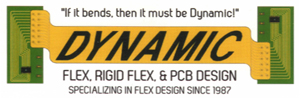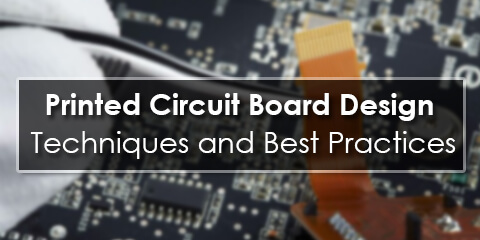Printed Circuit Board Design Techniques and Best Practices
Printed circuit board/Printed circuit boards
By definition, a printed circuit board (or PCB) electrically connects and mechanically supports electrical components or electronic components using pads, conductive tracks, and other features etched from one or more sheet layers of copper laminated between or onto sheet layers of a non-conductive substrate.
Generally, components are soldered onto the PCB to both mechanically fasten and electrically connect them to it.
The alternatives to PCB comprise point-to-point and wire wrap construction, both once popular but now rarely used.
PCBs require additional design effort to lay out the circuit, but assembly and manufacturing can be automated.
Printed circuit board design
PCBs require additional design effort to lay out the circuit. However, assembly and manufacturing may be automated. Printed circuit board design instills life into your electronic circuits in the physical form.
By making use of a layout software, the PCB design process combines component routing and placement to define electrical connectivity on a manufactured circuit board.
Types of a printed circuit board
In order to connect the holes where the various components are located, PCBs make use of copper tracks.
They are specially designed for every circuit, making construction look like a straightforward procedure. However, special tools must be used to make the PCB. The types of printed circuit board are multiple, and include:
- Single-Sided PCBs: It includes just one layer of substrate or base material.
- Double-Sided PCBs: It includes conductive metal layers on both sides of the board’s substrate.
- Multilayer PCBs: By adding extra layers beyond the top and bottom layers, these PCBs amplifies the complexity and density of PCB designs.
- Rigid PCBs: They use a rigid, solid substrate material like fiberglass that prevents the board from twisting.
- Flex PCBs: In these PCBs, flexible plastic is used as the substrate in a flexible board.
- Rigid-Flex PCBs: These boards merge technology from both rigid and flexible circuit boards.
PCB design steps
These PCB design steps are inspired by some of the best practices and must be utilized when designing a PCB:
- Designing the PCB
- Printing the PCB Design
- Printing the Copper for the Interior Layers
- Getting Rid of the Unneeded Copper
- Inspection and Layer Alignment
- Laminating the PCB Layers
- Drilling
- PCB Plating
- Imaging and Plating the Outer Layer
- The Last Etching
- Applying the Solder Mask
- Finishing the PCB and Silk-screening
- Electrical Reliability Testing
- Cutting and Profiling

